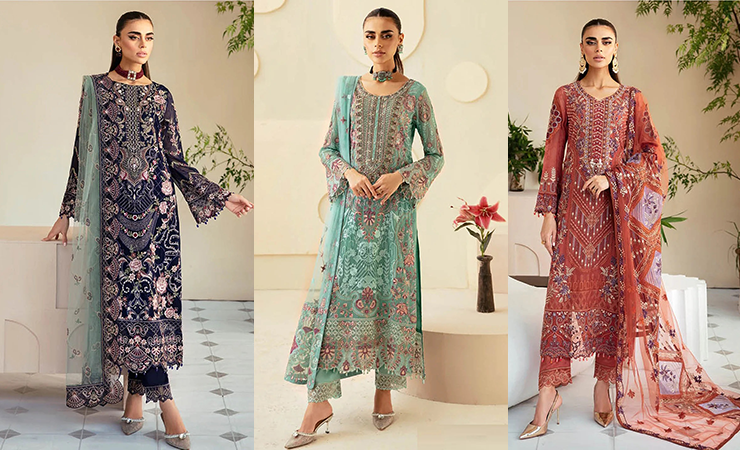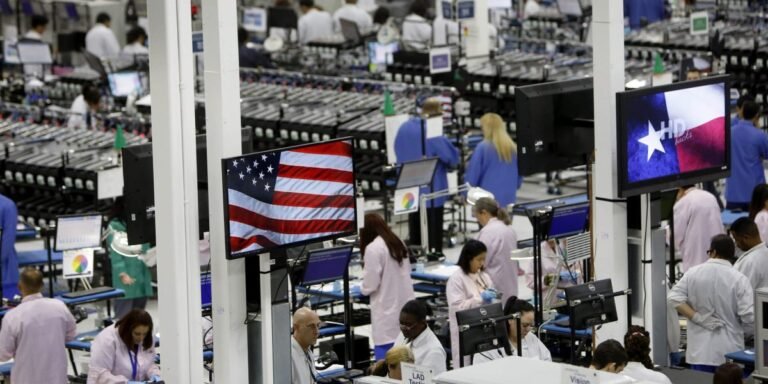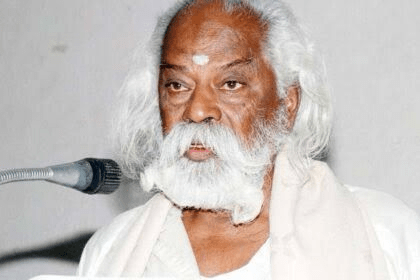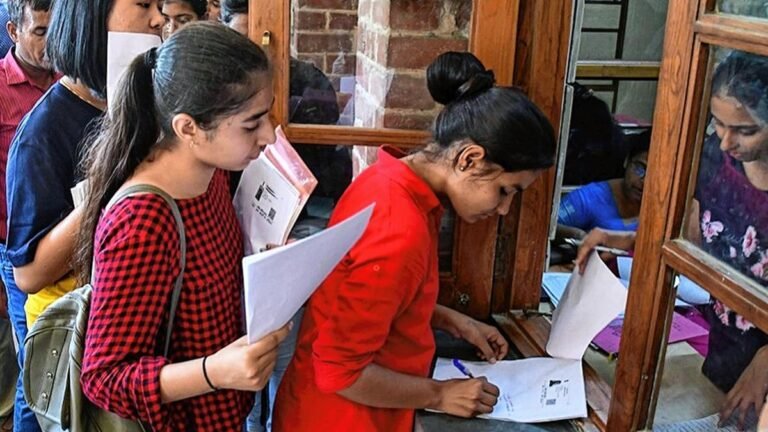
Pakistan’s clothing is a reflection of its rich cultural heritage and diverse regional traditions. Each piece of attire tells a story of the country’s history, craftsmanship, and artistry. This guide explores four essential traditional clothing pieces for both women and men, showcasing their cultural significance and timeless appeal.
Traditional Pakistani Women’s Clothing
Shalwar Kameez

Shalwar Kameez is the national dress of Pakistan and an essential part of women’s traditional wardrobe. It consists of a tunic (kameez) and loose trousers (shalwar), designed for comfort and modesty. Women’s versions often include intricate embroidery, prints, or embellishments, and are made from various fabrics like cotton, silk, or chiffon, catering to both casual and formal occasions.
Dupatta

Dupatta is a symbol of modesty and grace in women’s traditional clothing. Usually crafted from chiffon, silk, or cotton, it is either plain or adorned with embroidery, sequins, and decorative borders. Worn draped over the shoulders or as a headscarf, the dupatta completes the shalwar kameez and adds an elegant or vibrant touch to any outfit.
Gharara

The Gharara is a traditional women’s outfit, characterized by wide-legged trousers that flare dramatically from the knee. These trousers are paired with a short tunic and a dupatta, creating an elegant look. Often made from luxurious fabrics and embellished with embroidery, zari, or lace, the gharara is a popular choice for weddings and festive events.
Lehnga

The Lehnga is a traditional flared skirt that is a staple at weddings and grand celebrations. Made from silk, velvet, or brocade, it is adorned with intricate embroidery, beadwork, and sequins. The lehnga is paired with a fitted blouse and a dupatta, creating a regal and glamorous look for special occasions.
Traditional Pakistani Men’s Clothing
Shalwar Kameez

The Shalwar Kameez is also the national attire for men in Pakistan, combining simplicity and functionality. This outfit consists of a straight-cut tunic (kameez) paired with loose trousers (shalwar), suitable for both daily wear and formal events. Men’s versions are typically crafted from cotton for everyday use, while formal ones feature embroidery and finer fabrics like silk or jamawar.
Sherwani

The Sherwani is a formal, coat-like garment, often worn by men during weddings and ceremonial occasions. Made from rich fabrics such as silk, brocade, or velvet, sherwanis are decorated with embroidery or embellishments on the collar, sleeves, and buttons. Paired with churidar trousers and sometimes a turban, the sherwani exudes sophistication and cultural pride.
Kurta

The Kurta is a versatile long tunic worn by men for casual, semi-formal, and formal settings. Typically made from cotton, linen, or silk, kurtas are comfortable yet elegant. Formal kurtas often feature embroidery or detailed stitching on the collar and cuffs, making them an ideal choice for Eid, weddings, and other festive occasions.
Peshawari Chappal

The Peshawari Chappal is a traditional leather sandal, renowned for its durability and comfort. Originating from the Khyber Pakhtunkhwa region, it is a staple in men’s wardrobes and comes in simple and decorative styles. This footwear pairs well with shalwar kameez or kurta, completing a traditional Pakistani look.
Modern Clothing in Pakistan

Modern clothing in Pakistan blends traditional elements with contemporary fashion trends. Women often pair shalwar kameez or gharara-style trousers with modern tops, while men incorporate western-style shirts, trousers, and tailored suits into their wardrobes. This fusion of styles reflects the dynamic evolution of Pakistani fashion, balancing tradition with modernity.






